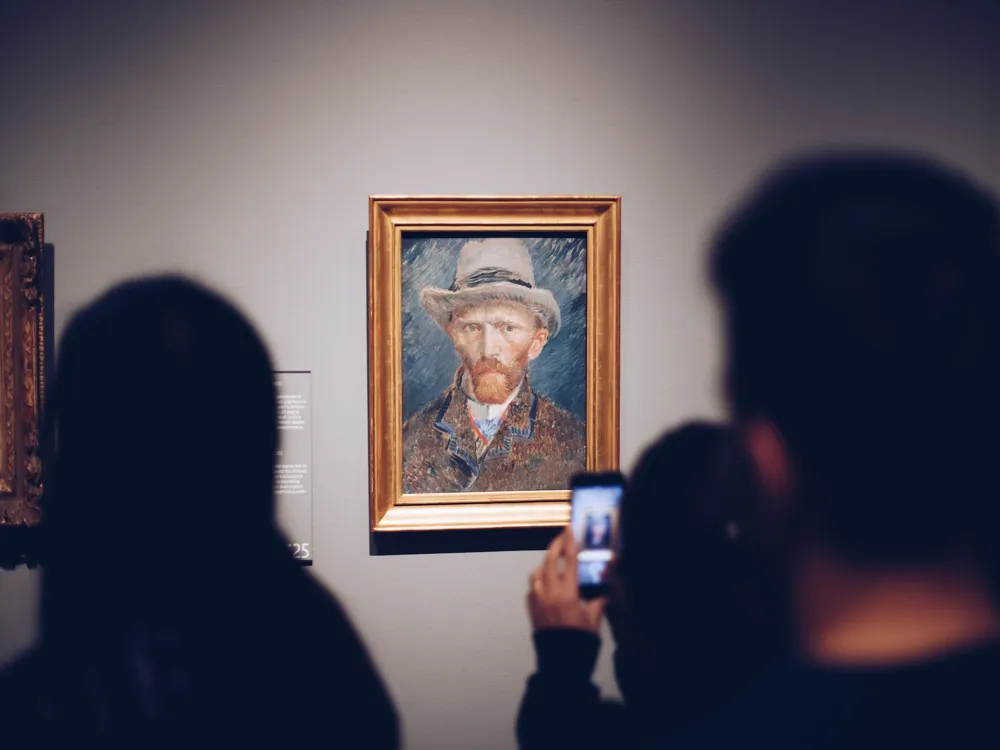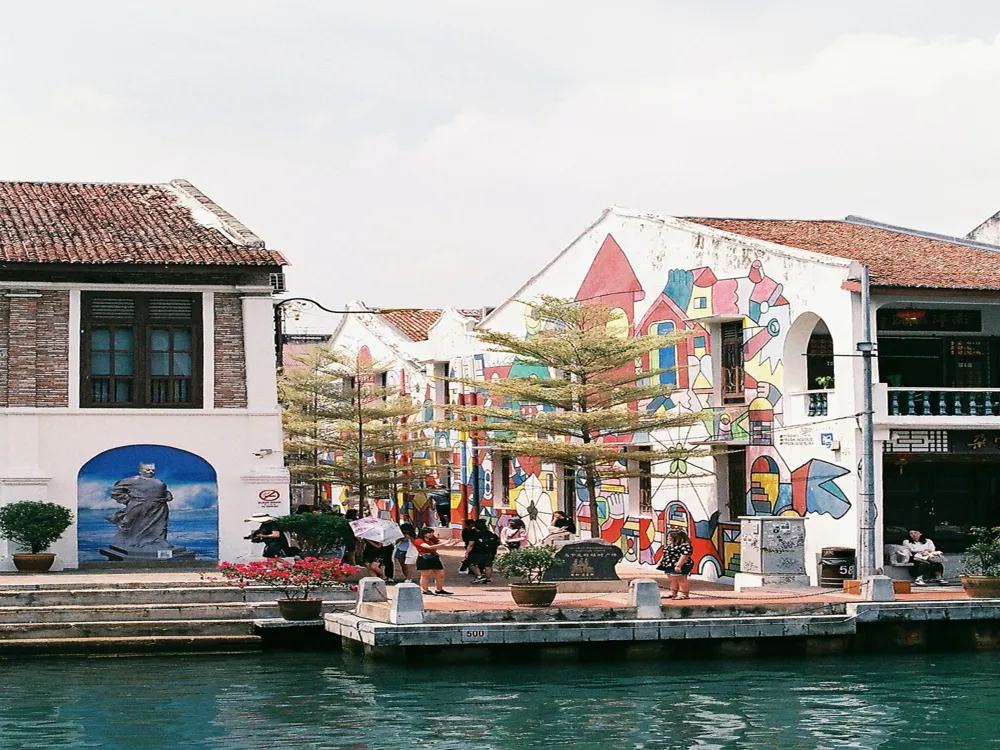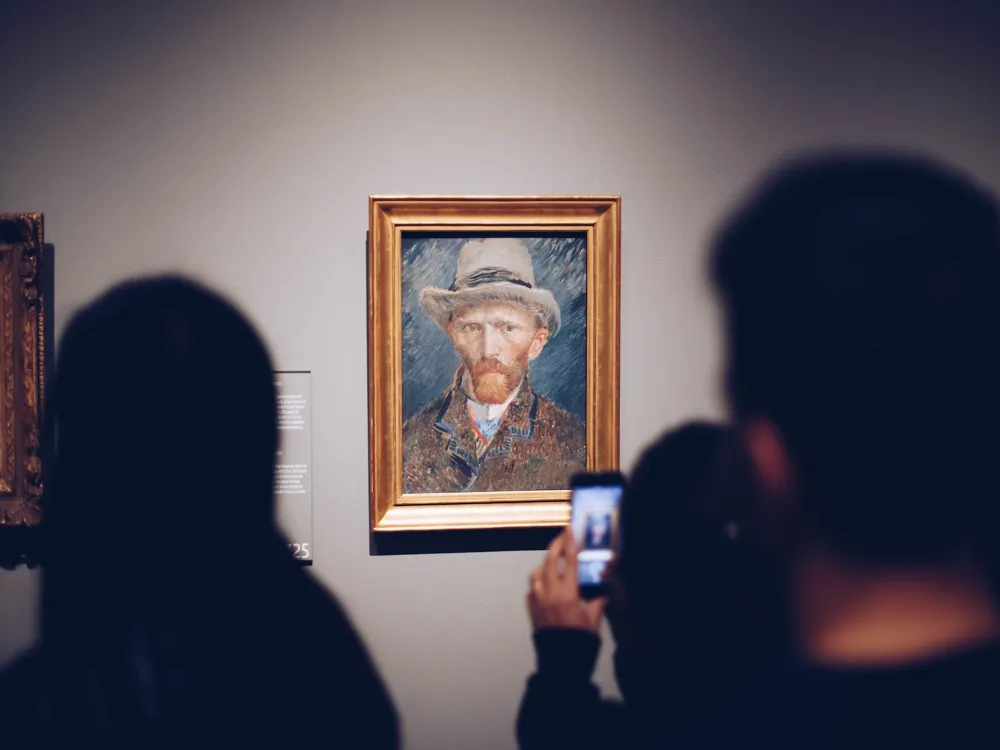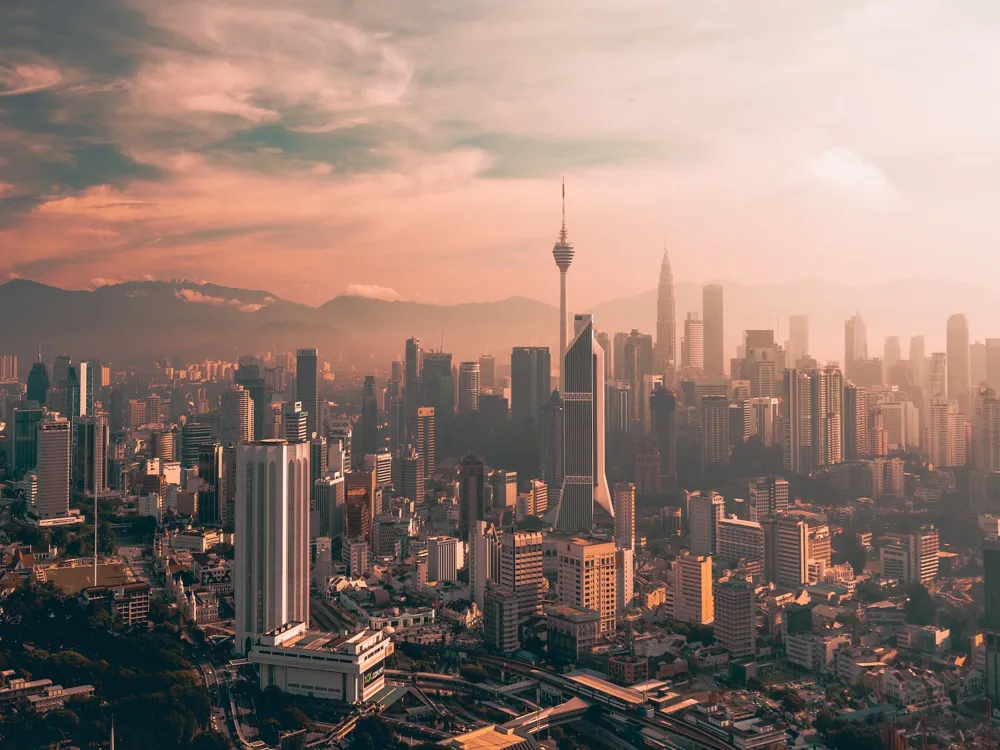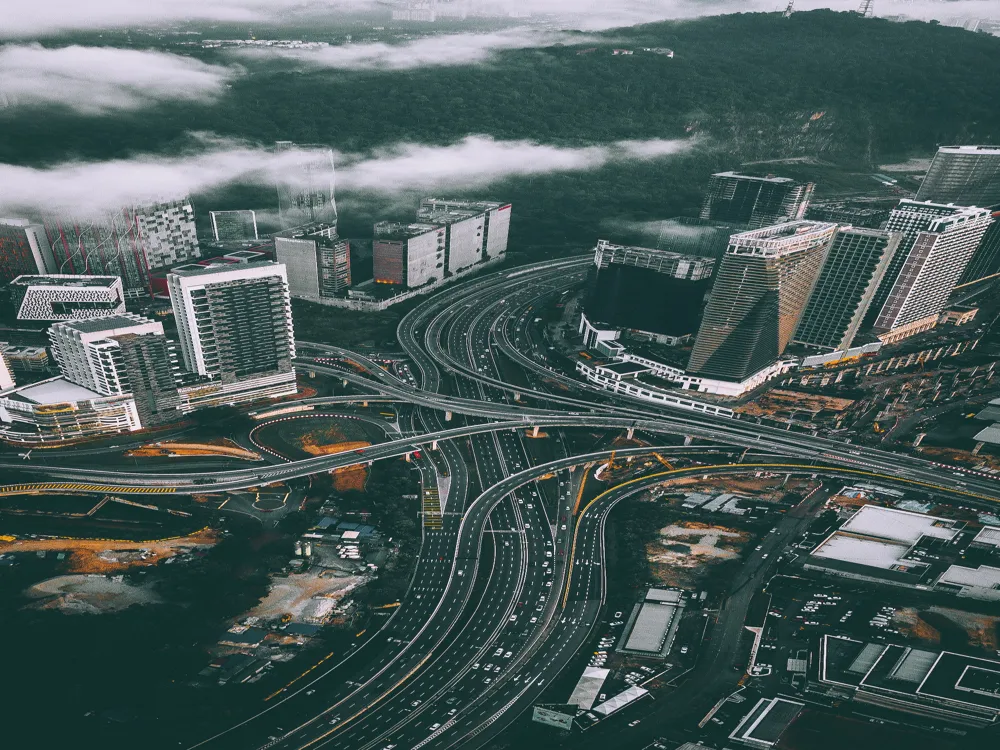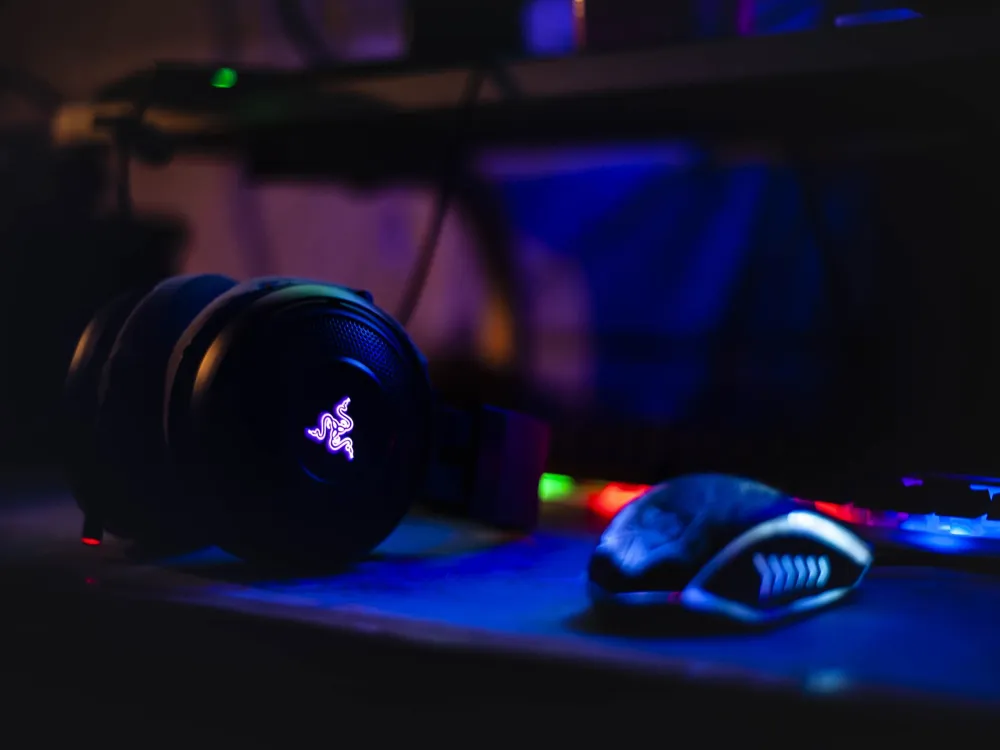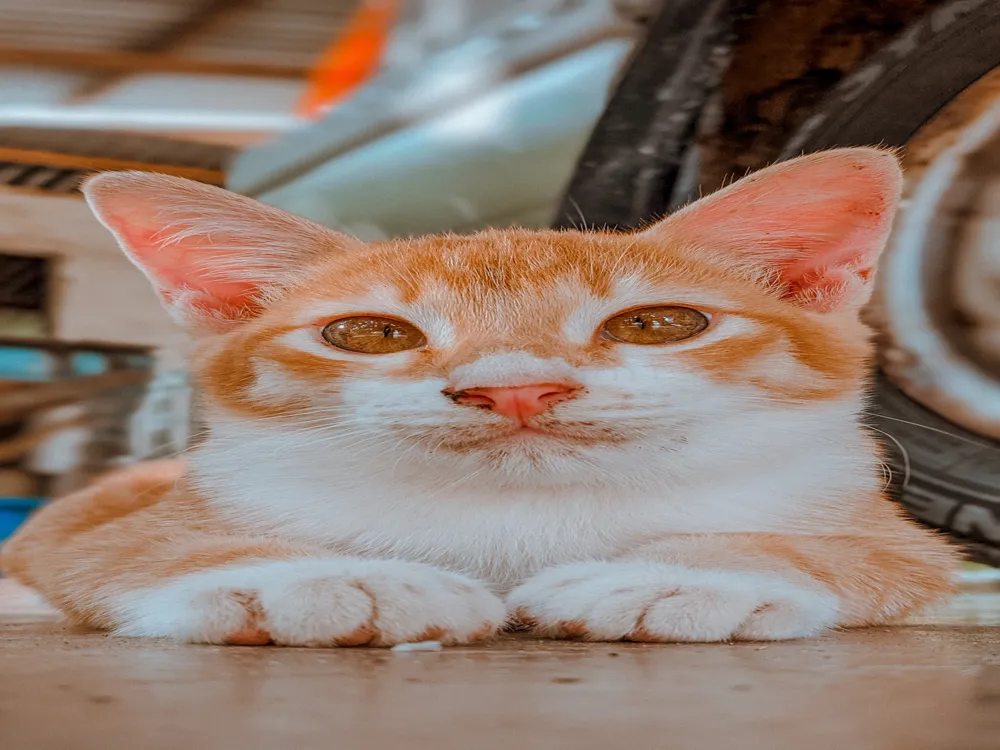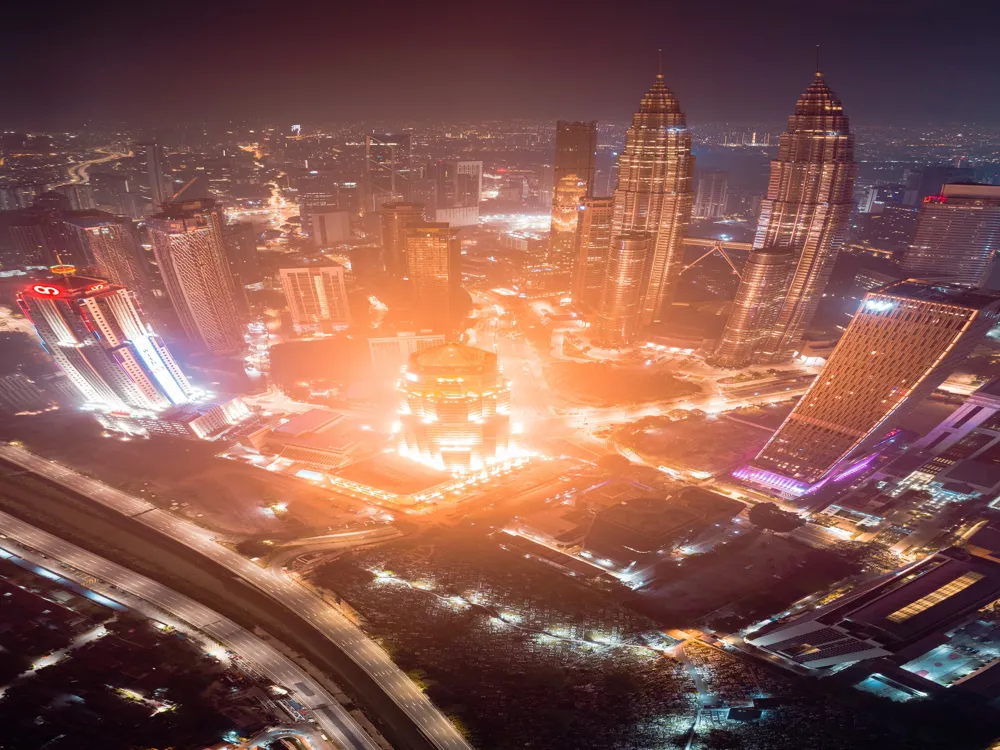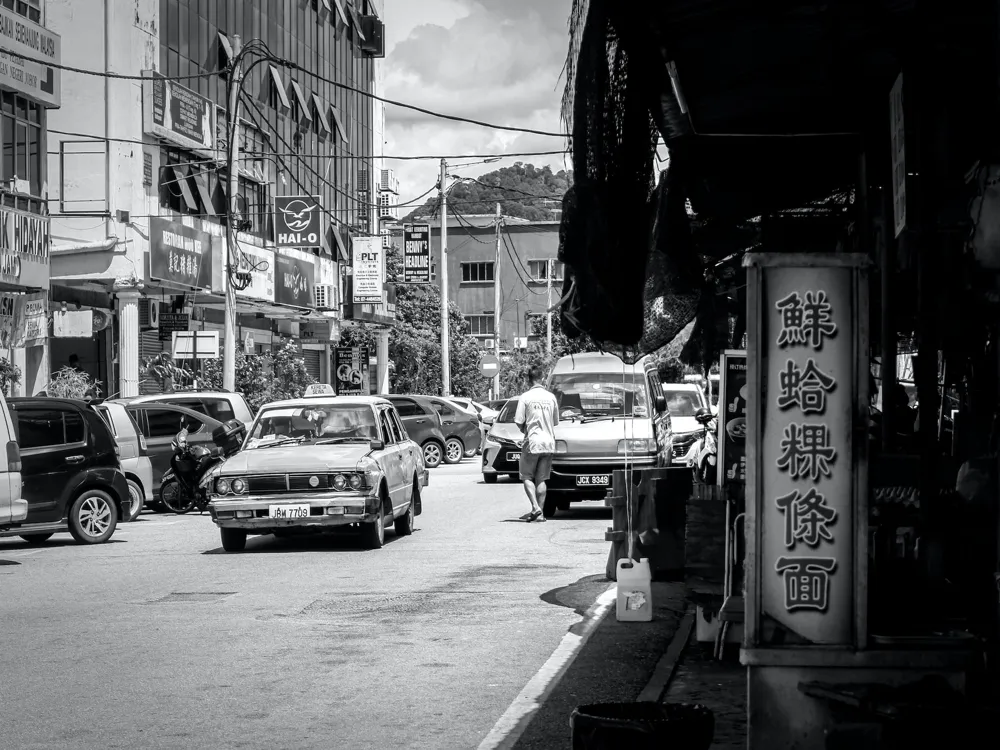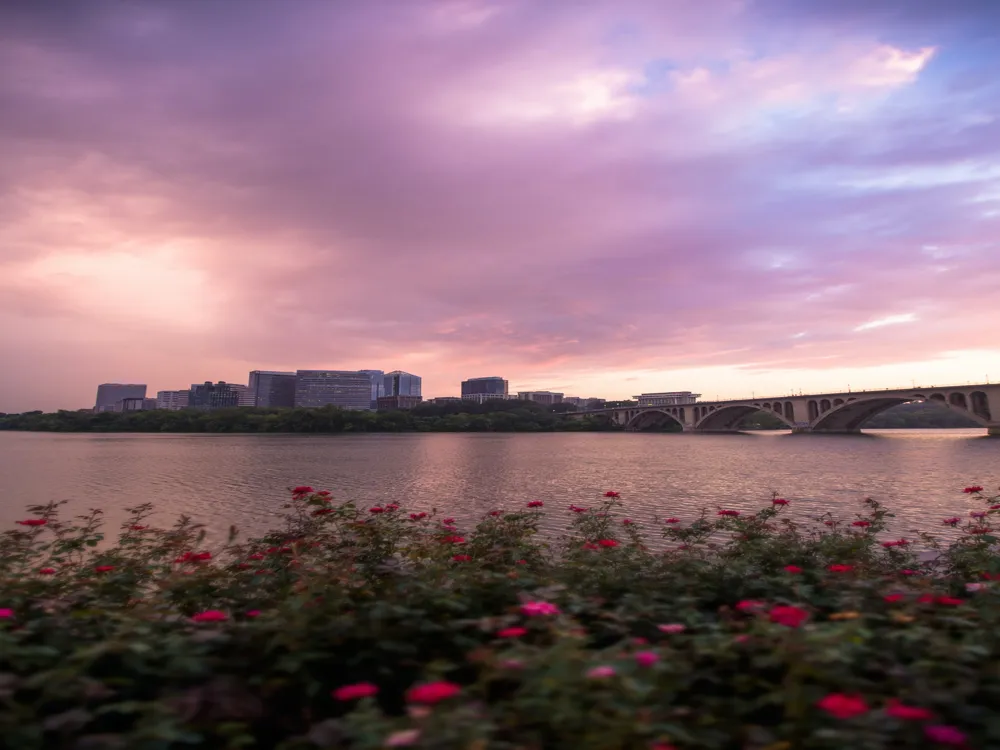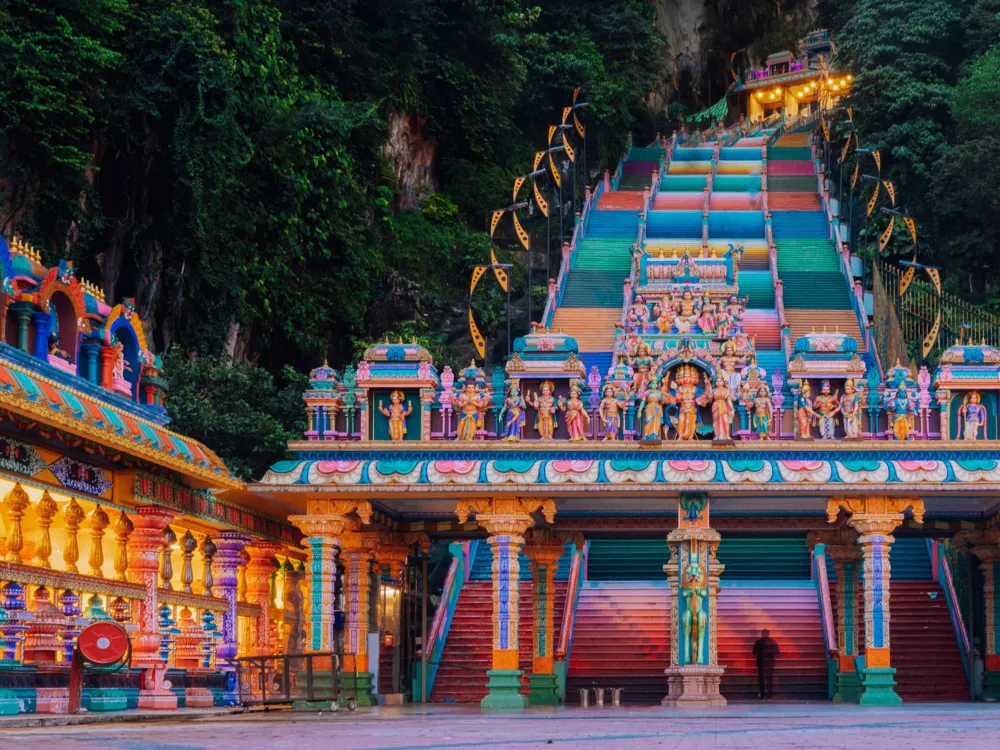The Stadthuys of Melaka, a prominent historical landmark in Malaysia, stands as a testament to the rich cultural and colonial history of Melaka. Constructed in 1650 by the Dutch, it is recognized as the oldest Dutch building in the East. Nestled in the heart of Melaka, this edifice served as the administrative center during the Dutch occupation and was later used by the British. It's a striking example of Dutch colonial architecture, distinguished by its heavy wooden doors, louvered windows, and massive walls painted in an iconic shade of red. Stadthuys of Melaka is not just an architectural marvel but also a crucial part of Malaysia's history. It has witnessed several historical events and transitions in governance, from the Dutch to the British, and finally to the Malaysian government. Today, it houses the History and Ethnography Museum, offering visitors a glimpse into the past life of the region, its people, and the various colonial eras. The building's well-preserved structure, along with the artifacts displayed within, provides an immersive experience, transporting visitors back in time to understand Melaka's historical journey. The Stadthuys holds a special place in Malaysian history, symbolizing the country's colonial past and its journey to independence. As a former seat of colonial power, it represents the influence of European architecture and governance in Southeast Asia. The building is not only an architectural landmark but also a historical one, serving as a reminder of the colonial era's impacts on the region's cultural and political landscape. Today, the Stadthuys is a cultural hub, attracting thousands of tourists annually. Its location in the vibrant town square of Melaka, near the famous Jonker Street, adds to its appeal. The area around the Stadthuys is a melting pot of cultures, showcasing the diverse heritage of Malaysia, with influences from the Malay, Chinese, Indian, and European communities. Efforts to preserve the Stadthuys have been paramount in maintaining its historical integrity. These efforts ensure that the building remains not just a static monument but a living part of Melaka's heritage. The preservation and restoration works carried out over the years highlight the importance of safeguarding such historical sites for future generations. The architecture of the Stadthuys of Melaka is a fascinating blend of Eastern and Western design elements, reflective of its colonial past. The building's structure is predominantly Dutch, with distinct features that include steep roofs, wide eaves, and an imposing façade. The red exterior, a characteristic feature, was a result of the later British influence, adding to the building's unique aesthetic appeal. One of the most striking features of the Stadthuys is its robust construction. The thick walls were designed to withstand the tropical climate and potential attacks during its time as a fortification. The use of local materials, combined with Dutch architectural techniques, illustrates the fusion of European and Asian styles. The building's layout, with its central courtyard, large halls, and offices, is typical of Dutch colonial buildings of that era. The interior of the Stadthuys is equally impressive, featuring artifacts and exhibits that reflect the life during the Dutch and British periods in Malaysia. The museum within showcases a collection of traditional costumes, weapons, and other historical items, giving visitors an insight into the local history and culture. The influence of the Stadthuys on local architecture in Melaka is significant. Its style served as a model for other buildings in the region, spreading the Dutch architectural style across the city. This architectural legacy is evident in various structures around Melaka, blending seamlessly with the local Malay and Chinese architectural influences. The conservation efforts for the Stadthuys highlight the importance of preserving such architectural heritage. These efforts have ensured that the building remains in excellent condition, serving as a prime example of colonial architecture and a valuable piece of Malaysia's history. The best time to visit Stadthuys is during the early morning or late afternoon to avoid the heat and the crowds. The lighting during these times is also ideal for photography. Allocate sufficient time to explore the museum inside the Stadthuys. It contains a wealth of information and artifacts that are crucial in understanding Melaka's history. Consider taking a guided tour to gain deeper insights into the history and architecture of the Stadthuys. Local guides are knowledgeable and can provide fascinating anecdotes. Be respectful of local customs and traditions while visiting. Dress modestly, and ask for permission before taking photographs of people or private properties. Combine your visit to the Stadthuys with other nearby attractions like Jonker Street, A Famosa, and the Melaka River for a comprehensive experience of Melaka's heritage. Stadthuys is accessible by various means of transportation. If you are staying within Melaka city, it is easily reachable by foot or bicycle, as it is located in the city center. For those coming from outside the city, buses and taxis are readily available. The nearest bus stop is just a short walk from the Stadthuys. For a more scenic route, consider taking a river cruise that stops near the Stadthuys. This not only offers a unique perspective of the city but also conveniently drops you near this historic site.Overview of Stadthuys of Melaka
The Significance of Stadthuys in Malaysian History
Stadthuys as a Cultural Hub
Preservation of Stadthuys
Architecture of Stadthuys
Interior Design and Artifacts
Influence on Local Architecture
Architectural Conservation Efforts
Tips When Visiting Stadthuys
Best Time to Visit
Exploring the Museum
Guided Tours
Cultural Etiquette
Nearby Attractions
How To Reach Stadthuys
Stadthuys
Melaka
NaN onwards
View melaka Packages
Weather :
Tags : Landmark
Timings : Monday - Thursday: 9:00 AM - 5:00 PM
Friday - Sunday: 9:00 AM - 8:30 PM
Planning a Trip? Ask Your Question
Melaka Travel Packages
View All Packages For Melaka
Top Hotel Collections for Melaka

Private Pool

Luxury Hotels

5-Star Hotels

Pet Friendly
Top Hotels Near Melaka
Other Top Ranking Places In Melaka
View All Places To Visit In melaka
View melaka Packages
Weather :
Tags : Landmark
Timings : Monday - Thursday: 9:00 AM - 5:00 PM
Friday - Sunday: 9:00 AM - 8:30 PM
Planning a Trip? Ask Your Question
Melaka Travel Packages
View All Packages For Melaka
Top Hotel Collections for Melaka

Private Pool

Luxury Hotels

5-Star Hotels

Pet Friendly








